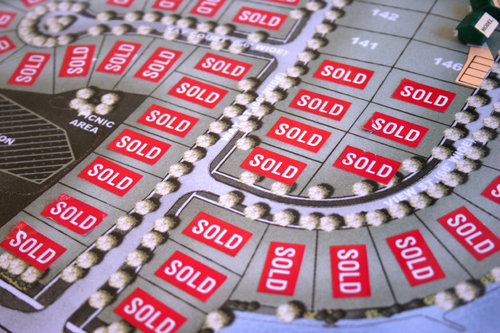Hispanics and other minorities primed to begin housing boom
Minorities are projected to have higher homeownership rates than whites from 2020 to 2030, especially among Hispanics, according to a new Urban Institute study.
Although white homeownership growth will be just 12 percent from 2020 to 2030, the Urban Institute projects Hispanic household growth will be at 44 percent, followed by the broad “other” category at 24 percent and then African Americans at 20 percent. The “other” category consists of Asians, Native Americans and people of either another race or more than one race.
Baby Boomers and White Homeownership Growth
The study, which used data from the American Community Survey and the Housing Vacancy Survey, looked at householder and homeownership rates by age and race in 1990, 2000 and then from 2007-2013 during the housing decline, and used that data to make predictions about 2020 and 2030.
Part of the reason for the lackluster increase in white homeownership – despite the prediction that Millennials will begin making major home purchases soon – is the aging Baby Boomer generation. As Baby Boomers grow old, they find themselves unable to live in their homes independently, and instead turn to renting a new home or a nursing home. Millennials frequently purchase the homes left behind by the Baby Boomers rather than new construction, leaving the growth rate flat.
Conversely, minority homeownership, especially among Hispanics, does not suffer from this problem. For example, the median age of Hispanics in the U.S. is 27, compared to 41 for whites, and only 6 percent of senior households in 2010 were Hispanic.
Reforming Lending to Boost Minority Homeownership
Chicago Agent has reported in the past on both the prospect of rising Hispanic homeownership and the challenges facing the demographic. Many are hurt by a lack of capital to put a down payment on a home. One thing the Urban Institute report calls for is for easing credit requirements, and to create credit standards that better reflect Hispanic households, such as accounting for the fact that many Hispanic families have more than two incomes.
One other problem the report highlighted is the gap between African Americans and other groups. Like Hispanics, African American homeownership was greatly harmed by the housing crisis, but while Hispanics have rebounded in the wake of the downturn, African Americans still struggle due to lack of employment, wages and income.
While a less biased mortgage policy would be a start on the real estate end of fixing this problem, many more solutions have to come, not just from real estate, but also from education, criminal justice and employers in order for the gap to begin to close.


If by minorities you mean foreign investors, then you might be right. I don’t see how minorities (whether African American or Hispanics) will be able to own a home when they cannot afford to buy homes! “African Americans still struggle due to lack of employment, wages and income.” In Miami, Florida we have such crisis. The housing market is beyond the reach of any working person!